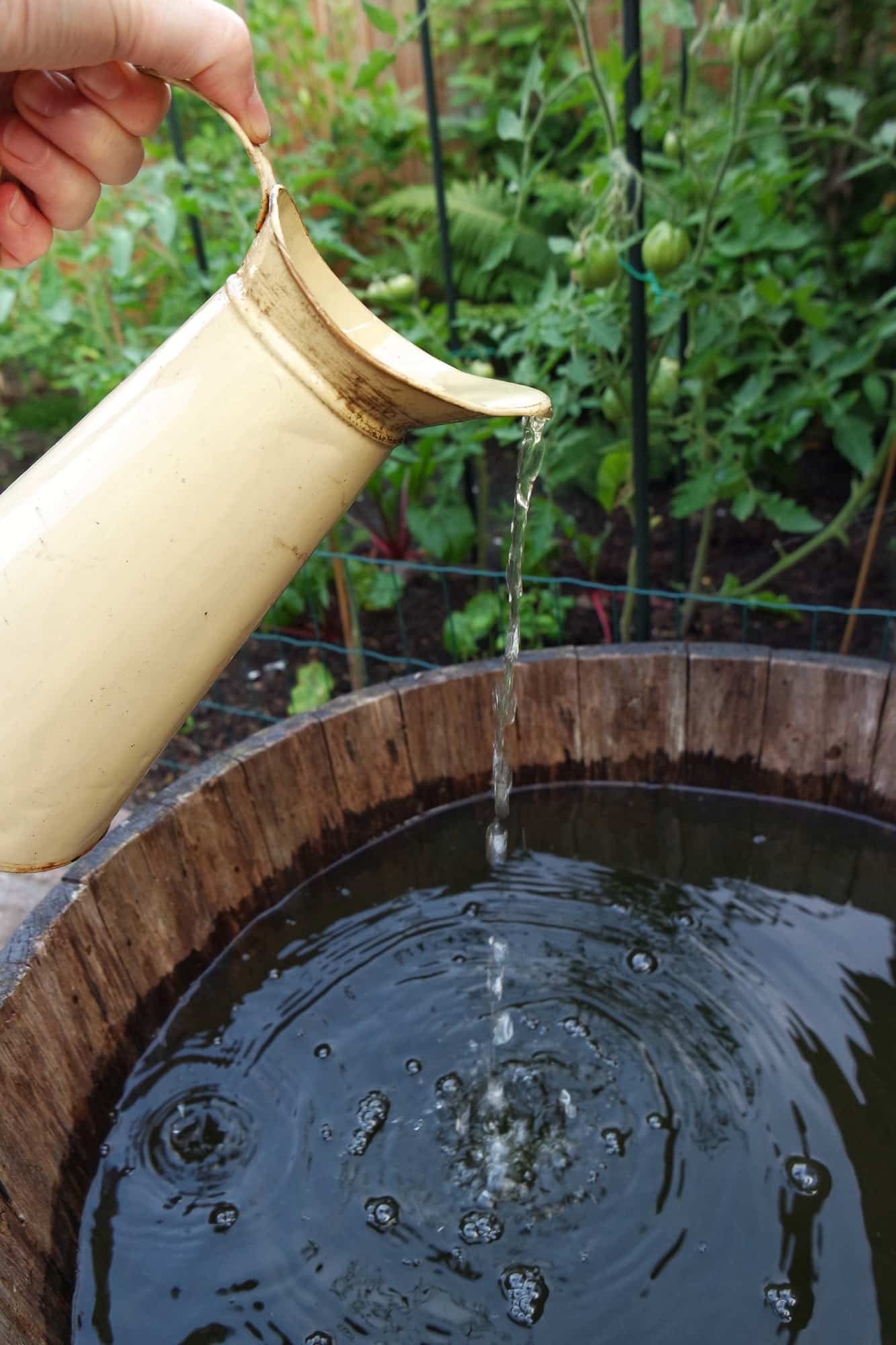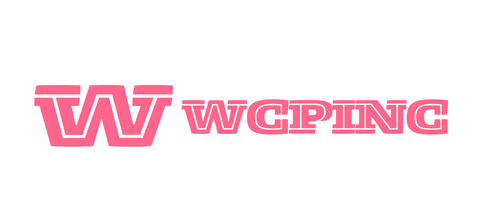What Are the Best Practices for Incorporating Rainwater Harvesting Systems in Real Estate?

The world is becoming increasingly aware of the need for sustainable living. The drive for energy efficiency and environmentally friendly practices is leading to advancements in a number of areas. In this respect, real estate is no exception. As property developers and homeowners search for ways to reduce their environmental impact, one solution that’s gaining momentum is rainwater harvesting systems. Implementing these systems in real estate has the potential to significantly decrease water usage, leading to a greener, more sustainable property.
The Benefits of Rainwater Harvesting Systems
Before discussing how to incorporate rainwater harvesting systems into your property, it’s important to understand the advantages they offer. Beyond the obvious benefit of providing a cost-effective, sustainable source of water, these systems also have several other advantages that contribute to a more eco-friendly property.
Have you seen this : How Can Off-Site Construction Methods Benefit Real Estate Developers in the UK?
Rainwater harvesting systems reduce the reliance on municipal water supplies, a resource that is often taken for granted in many urban areas. However, as populations grow and climate change continues to affect weather patterns, water scarcity is becoming a real issue. By capturing and utilizing rainwater, buildings can become part of the solution, easing the strain on public water infrastructure.
Moreover, rainwater is naturally soft, which means it contains fewer minerals, chemicals, and other pollutants than most groundwater or city water. As a result, it’s ideal for purposes like irrigation, washing cars, flushing toilets, or other non-potable uses.
Additional reading : How Can Real Estate Development Drive Innovation in Renewable Energy Utilization?
On top of this, rainwater harvesting systems can also help to manage stormwater runoff, which can reduce the risk of floods and soil erosion. This is particularly crucial for larger buildings or complexes with significant roof and pavement areas.
Best Practices for Incorporating Rainwater Harvesting Systems
So, how do you integrate a rainwater harvesting system in a property? Here are some of the best practices.
Initial Assessment and Planning
Firstly, an initial assessment should be conducted to determine the feasibility of installing a rainwater harvesting system. This involves evaluating the local climate and rainfall patterns, as well as the property’s water needs and consumption patterns.
For example, in areas with less rainfall, a larger storage tank might be necessary to ensure a consistent water supply. Similarly, larger properties or those with extensive landscaping might require bigger or more complex systems to meet their water demands.
System Design and Installation
Once the initial assessment has been carried out, the next step is to design the system. This will typically involve a catchment area (usually the roof of the building), a conveyance system (such as gutters and downspouts), a storage tank, and a distribution system.
When it comes to installation, it’s crucial to use professionals who are experienced in rainwater harvesting systems. Although some homeowners might be tempted to install the system themselves to save money, improper installation can lead to problems down the line, such as leaks, contamination, or inadequate water flow.
Maintenance and Monitoring
Like any other part of a property, a rainwater harvesting system needs regular maintenance to ensure it continues to operate effectively. This can involve cleaning the gutters, inspecting the tank for leaks or damage, and checking the water quality.
Monitoring the system is also crucial. This can involve regularly checking the water level in the tank, keeping an eye on the water usage, and being alert for any changes in the system performance.
Regulations and Incentives
Integrating a rainwater harvesting system into a property is not just about the technical aspects. There are also legal and financial considerations to take into account.
In many places, there are laws and regulations governing the use of rainwater harvesting systems. Therefore, it’s important to check local ordinances and building codes before starting any installation.
On a positive note, many jurisdictions offer incentives for installing rainwater harvesting systems. These can range from tax credits and rebates to technical assistance and even grants. So it’s worth researching what’s available in your area.
Advancing Sustainability in Real Estate
Incorporating rainwater harvesting systems into real estate is just one aspect of a broader movement towards sustainability in the sector. Other practices, such as energy-efficient appliances, solar power, and green building materials, are also becoming more commonplace.
By integrating these practices into our buildings, we can not only reduce their environmental impact but also create properties that are more resilient, cost-effective, and appealing to increasingly eco-conscious buyers and tenants. After all, sustainability is not just about protecting the environment – it’s also a smart business move and a way to future-proof our properties.
The Future of Real Estate: Embracing Rainwater Harvesting
Looking ahead, rainwater harvesting systems are likely to become an increasingly common feature in both residential and commercial real estate. As awareness around water conservation and sustainable practices continues to grow, property developers and homeowners are recognizing the long-term benefits of these systems.
Moreover, integrating rainwater harvesting systems can enhance a property’s marketability. A sizable portion of homebuyers and tenants, particularly those from younger generations, are willing to pay a premium for eco-friendly properties. As such, rainwater harvesting can contribute to a higher resale value or rental income.
Commercial real estate developers too, are beginning to see the value in rainwater harvesting. Large commercial properties, such as office buildings and shopping malls, often have massive roofs that can collect significant amounts of rainwater. These volumes can be used to supply for non-potable uses, reducing the property’s overall water consumption and utility costs.
Additionally, the use of green real estate technologies like rainwater harvesting systems can also contribute to a better indoor air quality by reducing the need for chemically-treated municipal water. This, in turn, can lead to healthier living and working environments.
Furthermore, rainwater harvesting systems can be combined with other sustainable practices such as solar panels, green building materials, and energy-efficient appliances to create truly sustainable properties.
Conclusion: Real Estate’s Role in Sustainable Living
The integration of rainwater harvesting systems into real estate is more than just a trend. It represents a shift in how we perceive and utilize our resources, especially in the face of climate change and water scarcity.
Real estate development has a significant role to play in promoting and implementing sustainable practices. By incorporating systems like rainwater collection, we can significantly reduce our reliance on municipal water supplies, easing pressure on public infrastructure, and contributing to environmental conservation efforts.
Property management can also benefit by adopting these systems, aimed at reducing operating costs through decreased energy consumption and offering an appealing feature for eco-conscious residents.
Notably, the benefits are not just environmental. They are also economical, with the potential to boost property values, lower utility bills, and even secure investment through green financing options.
In conclusion, rainwater harvesting systems represent a smart, future-focused approach to property development, with benefits that extend to the environment, the economy, and society as a whole. With the mounting urgency of climate change and resource conservation, the real estate sector has an important role to play in promoting these systems and advancing our transition towards a more sustainable future.
